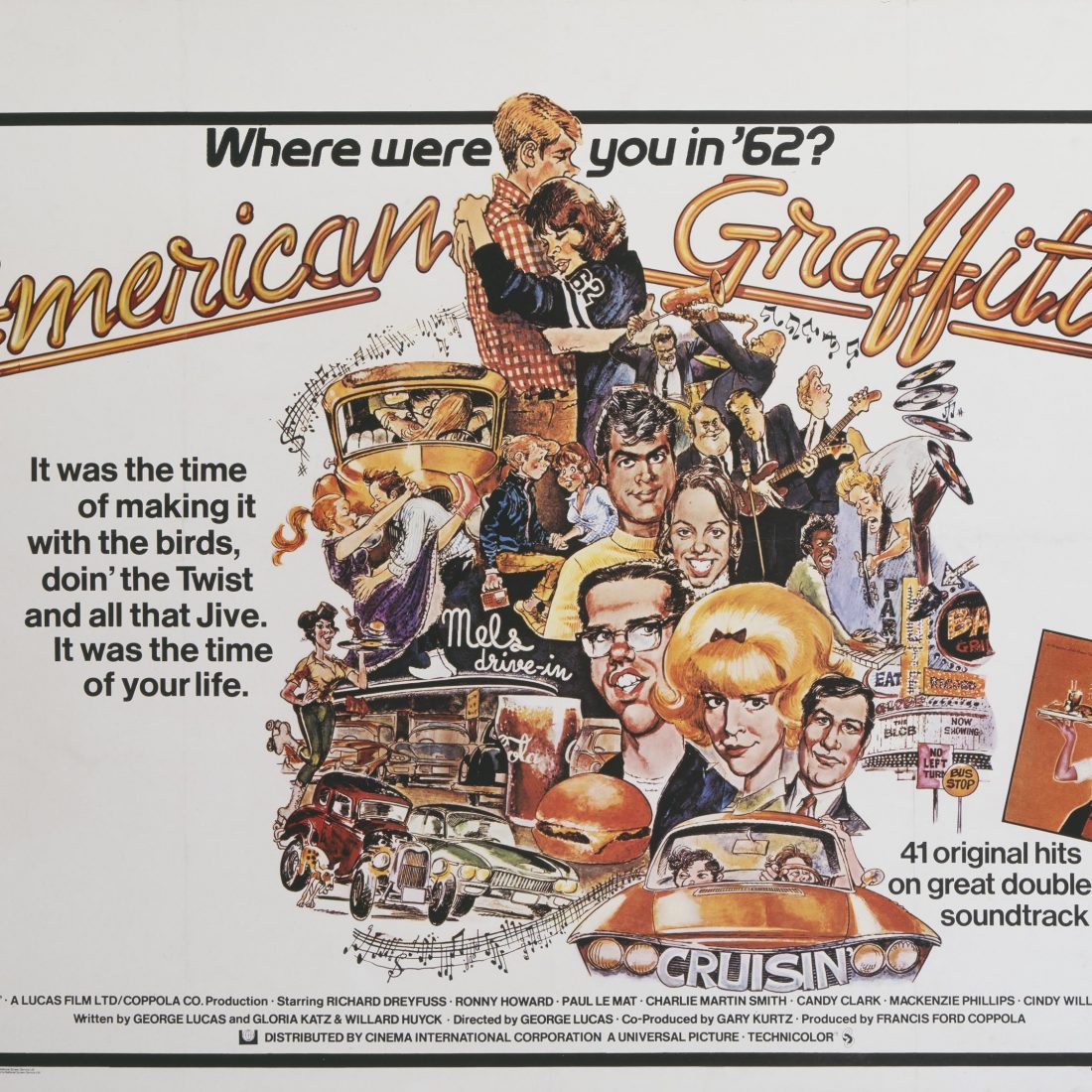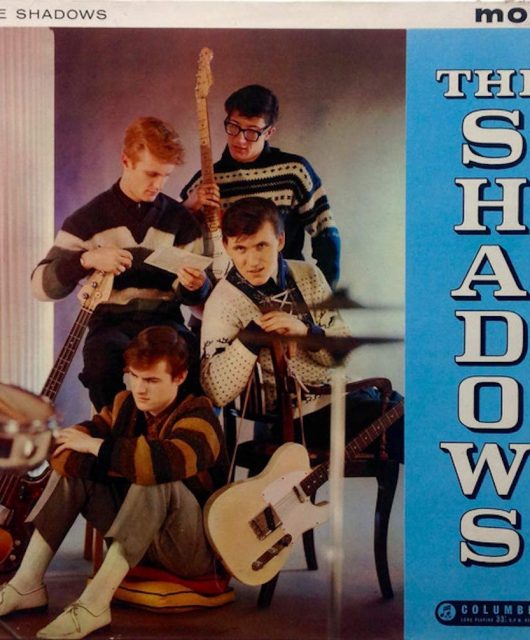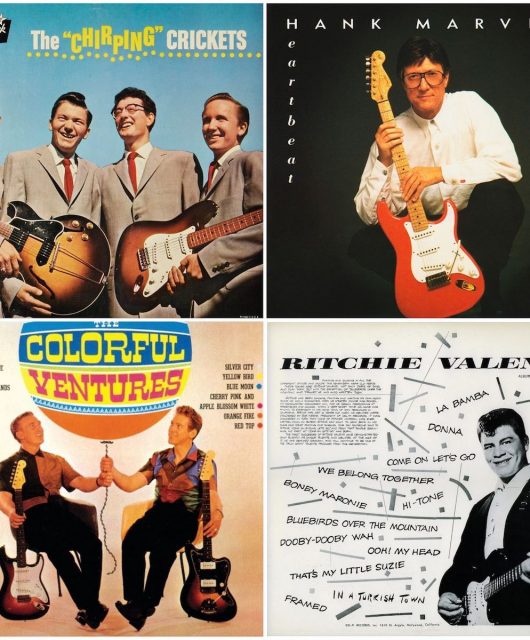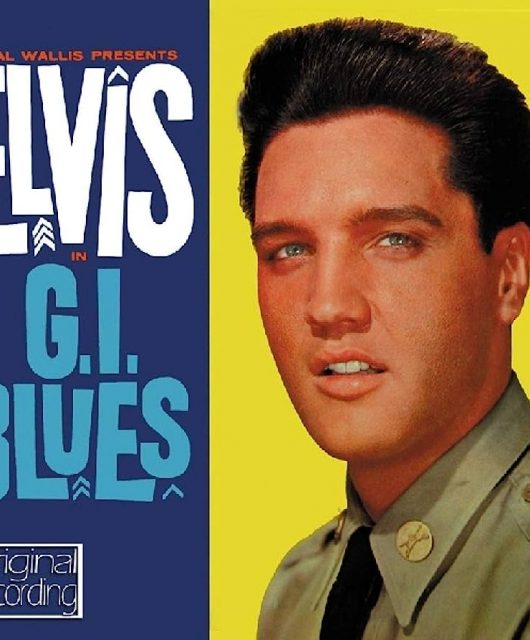(Photo by Movie Poster Image Art/Getty Images)
In 1973, a pre-Star Wars George Lucas released a movie that harked back to his youth in 1962 California. Now 50 years on, we take a look at the making of American Graffiti, one of the most influential teen flicks of all time…
A long time ago (50 years, actually) in a country far, far away, a young filmmaker made a movie that was a valentine to his youth in early-60s California. Though today, it’s Star Wars that’s considered George Lucas’ chef-d’œuvre, it’s American Graffiti that remains his most personal feature. “Cruising was gone,” Lucas said of the origins of 1973’s third highest grossing movie, “and I felt compelled to document the whole experience and what my generation used as a way of meeting girls.”
After cutting his first picture in 1971, George Walton Lucas Jr directed just five more movies before his retirement in 2012. But it’s American Graffiti that’s the outlier on a CV that counts four Star Wars films and one chilly, cerebral sci-fi flick – titled THX 1138 – that was such a critical and commercial dud that Lucas considered quitting the business. That was, until his friend, director Francis Ford Coppola advised he make a more ‘human’ film as his next feature if he was to make it big in Hollywood.
It’s amazing to think now that, even in 1973, American Graffiti was thought of, and marketed as, a period picture. Yet in the 11 years between 1962 (when the film is set) and 1973, America had changed irrevocably. Lucas’ film is set just a year before the assassination of President John F Kennedy and the subsequent escalation of the war in Vietnam. By the time of American Graffiti’s release, Martin Luther King and Robert F Kennedy had been murdered and the Watergate scandal – which would eventually topple a President – was in full bloom.
If the United States had a period of 20th century innocence, American Graffiti catches it near its end, before the cancerous culture wars of the late 60s. And yet the movie also captures a transitional moment in popular culture, as rock’n’roll gave way to pop. “I don’t like that surfing sh*t,” ageing hot rodder John Milner tells his 12-year-old passenger in the movie as The Beach Boys’ Surfin’ Safari blasts from the radio. “Rock’n’roll’s been going downhill ever since Buddy Holly died.”
FROM SCRIPT TO SCREEN
For all of American Graffiti’s autobiographical detail (Lucas had set the movie in Modesto, California, where the young director had grown up), he wasn’t keen on penning the film himself, struggling with what he called his “‘I don’t want to be a writer’ syndrome”. Lucas had worked on a 15-page treatment with Willard Huyck and Gloria Katz, whom the director had first met as students at the USC School of Cinematic Arts. Huyck and Katz were too busy prepping their first feature, Messiah Of Evil, to work full-time on American Graffiti; instead, Lucas turned to another USC contemporary, Richard Walter, to draft the screenplay.
Except the script that Walter turned in, after pocketing his $10,000, had little resemblance to that initial treatment. Instead of a story detailing the exploits of a gaggle of high school graduates on the last evening of summer vacation, Walters’ exploitation-styled screenplay had a group of teenagers forming a rock’n’roll band on the East Coast in the late 50s. “It was overtly sexual and very fantasy-like, with playing chicken and things that kids didn’t really do,” Lucas explained to the Academy Of Achievement in 1999. “I wanted something that was more like the way I grew up.” Reluctantly, Lucas decided to pen the script himself, completing the screenplay in just three weeks.
With a completed script, Lucas began to hawk American Graffiti around the studios, only to be met with fats nos Paramount, Columbia, Warner Bros, 20th Century Fox and MGM. He did get a positive response from American International Pictures, B-movie king Roger Corman’s production company, with Corman offering Lucas $500,000 and a request that he amp up the sex and violence for the drive-in crowd. George turned them down.
In the end, Lucas and his producing partner Gary Kurtz reached a deal with Universal Pictures. But with the studio ponying up just $600,000, Lucas would have to rethink certain aspects of the production. He’d envisioned the film as being weighted with jukebox classics from the era, including several Elvis Presley numbers, and the script namechecked a total of 75 hits he wanted included. The rights to Elvis’ tracks alone would have sucked up much of the film’s modest budget and Lucas was forced to prune the soundtrack to around 40 songs.
The eventual budget was slightly higher, with Universal offering another $175,000 after Francis Ford Coppola, then riding high off the back of the success of The Godfather, came to Lucas’ aid, offering up his services as the movie’s executive producer. (Universal were keen to sell the picture as ‘The new film from the director of The Godfather’.)
Looking at American Graffiti through a 2023 lens, it looks like a pretty starry movie. There’s Richard Dreyfuss, Harrison Ford, Ron Howard, Cindy Williams… Yet, aside from Howard, who had a degree of fame from his role on TV’s The Andy Griffith Show, none of the main cast were known names… yet. Dreyfuss, later to headline Steven Spielberg’s Jaws and Close Encounters Of The Third Kind, was cast as the luckless Curt Henderson (more than
100 actors were auditioned) and Harrison Ford, then 30 years old, as the arrogant Bob Falfa. Ford, who was at the time making his living as a carpenter, refused to cut his hair, and so filmed all his scenes wearing a Stetson to cover up his 1972-style barnet.
By all accounts, it was a rowdy and often unruly set. One day, Ford was arrested after getting into a fight and spent a night behind bars, while Dreyfuss suffered a nasty gash on his forehead after actor Paul Le Mat threw him into a swimming pool. After refusing a night out with his castmates, Ron Howard had beer bottles thrown at him by Le Mat, Ford and others, leading to Howard’s parents threatening to sue the film’s producers. Actress Mackenzie Phillips (daughter of The Mamas And The Papas’ John Phillips), meanwhile, was just 12 years old at the time, and Gary Kurtz admits he considered taking her off the picture, so worried was he about her being around such hard-drinking twentysomethings.
Lucas had hoped to film in his beloved Modesto, but eventually decided it had changed too much since 1962. Instead, the film was to lens in San Rafael in Marin County, north of San Francisco, but after two days of filming, Lucas and co. were asked to leave after the council became concerned about the disruption to local businesses. Instead, the production settled on Petaluma, a small town 20 miles away.
A DIFFICULT BIRTH
The movie shot for 28 days, mostly at night, leaving a chronically tired Lucas to edit during the day. For the rest of the crew, working after dark meant American Graffiti was an uncommonly challenging shoot. “There were considerable logistical problems with the cars, cold weather, arguments, all aggravated by the lack of sleep,” admitted Kurtz to The Hollywood Reporter.
By January 1973, Lucas had a completed film, one that he decided to preview at a movie theatre in San Francisco to an audience of high school teens. They lapped it up. But despite the rapturous reception from the teenagers, Universal, specifically their vice-president in charge of production, Ned Tanen, remained sceptical. The film was too free-flowing. There was no story. There were no headline actors. It wasn’t funny… Tanen took Lucas aside and told him they had a B-movie on their hands and he couldn’t see it being released into cinemas, suggesting to the stunned director that maybe they could sell it to a TV station. Francis Ford Coppola, standing nearby, leaned in. “You say you can’t sell it, Ned? Perfect, I’ll buy it for you! Here and now. Tell me a price and I’ll write you a cheque.”
Though Coppola didn’t end up buying the movie, his enthusiasm for the picture helped save it. Lucas would end up excising a handful of scenes, tightening the story up, while Universal would end spending half a million dollars on its promotion.
“Where were you in ’62?” asked the movie’s tagline. Amid an illustrated montage of kissing couples, achingly cool cars and stylish diners, that poster drew on American society’s yearning to escape the present and return to a time when everything seemed so much more certain.
American Graffiti finally hit cinemas on 11 August 1973, and was an instant smash, grossing $55 million at the box office. And the reviews were similarly ecstatic, music to the ears of George Lucas, who had suffered greatly at the hands of the press after the disappointment of THX 1138.
“American Graffiti is such a funny, accurate movie, so controlled and efficient in its narrative, that it stands to be overpraised to the point where seeing it will be an anticlimax,” wrote The New York Times. Variety, meanwhile, wrote that American Graffiti was a vivid “recall of teenage attitudes and morals, told with outstanding empathy and compassion through an exceptionally talented cast of unknown actors.”
Pauline Kael of The New Yorker was a rare voice of dissent, noting that the movie “fails to be anything more than a warm, nice, draggy comedy, because there’s nothing to back up the style. The images aren’t as visually striking as they would be if only there were a mind behind them; the movie has no resonance except from the jukebox sound and the eerie, nocturnal jukebox look,” while also noting that the end title cards – which tell the audience what happened to the central characters in the years after – failed to reference any of the female leads.
INTO THE AVANT-GARDE
George Lucas had never set out to make popular cinema. As a cineaste, his tastes were less mainstream, more avant-garde. Had THX 1138 been the hit, it’s likely we wouldn’t have had American Graffiti or Star Wars. It was Lucas’ teen picture that changed the course of the director’s career, and it’s not hard to see echoes of that 1973 hit in his next film. Like American Graffiti, Star Wars was inspired by the loves of Lucas’ youth, not rock’n’roll this time, but the Flash Gordon and Buck Rogers television serials that had enraptured him as a kid. And for those Corvettes, Chevy Impalas and Thunderbirds in American Graffiti, read X-Wings, TIE Fighters and Landspeeders in Star Wars. Even Luke Skywalker’s wide-eyed innocence, and lust to join the rebellion against the Empire, is reminiscent of those American Graffiti teenagers, dreaming of a life outside of Modesto.
At the time of writing, American Graffiti holds a 96% score on reviews aggregate site Rotten Tomatoes, with the website calling it, “One of the most influential of all teen films, American Graffiti is a funny, nostalgic, and bittersweet look at a group of recent high school grads’ last days of innocence.”
Rotten Tomatoes isn’t being hyperbolic calling it “one of the most influential of all teen films.” There’s a convincing argument that Grease would not have happened had American Graffiti not woken Hollywood to the lure of nostalgia for the 50s and early 60s, and certainly Happy Days, one of the biggest sitcom successes of the 1970s (which included Ron Howard in its cast), wouldn’t have received the green light had it not been for Lucas’ film. And the film even spawned a sequel in More American Graffiti, released in 1979, though with George Lucas taking a backseat role.
Fifty years on from its release, American Graffiti is considered one of the canonical teen pictures, and its soundtrack – which boasts such jukebox evergreens as Rock Around The Clock, That’ll Be The Day, Why Do Fools Fall In Love, Smoke Gets In Your Eyes and Runaway – one of the great needle-drop scores. It may not have embedded itself into popular culture as much as George Lucas’ most famous film franchise, but if you want a movie that tells you something about this titan of popular cinema, then American Graffiti, and not Star Wars, is where you need to start






